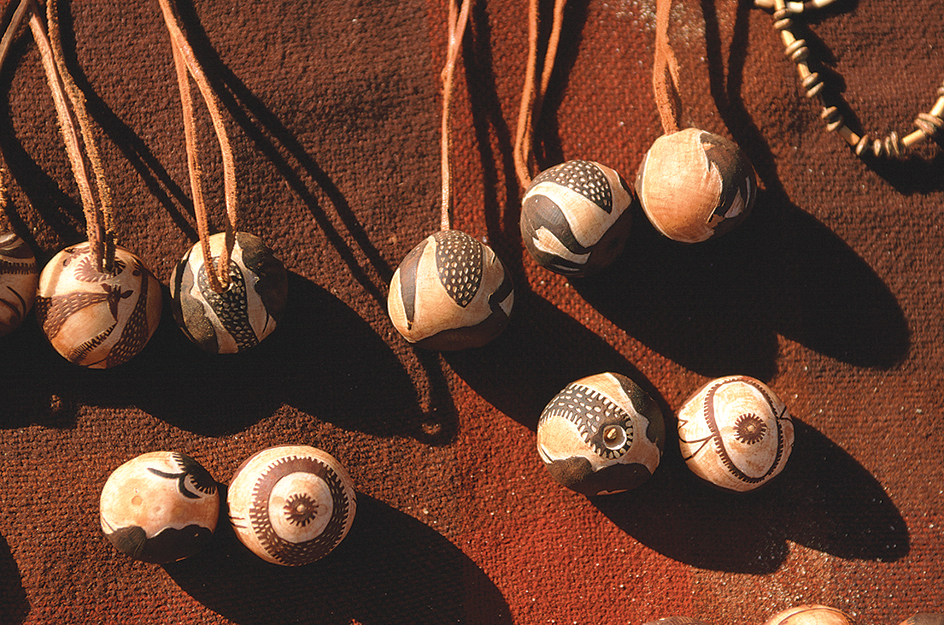Ivory palm is a short palm tree native to South America. It is also called the ivory-nut palm because its seeds were once used as ivory substitutes. The tree grows slowly and has a short trunk.

The ivory palm has slender, featherlike leaves and bears fragrant flowers. The plants are either male or female. The female flowers grow on a stalked head that eventually forms a large, tight cluster of wartlike fruits. Each fruit bears from six to nine seeds. When the fruit ripens, the lower part splits open and the negritos (seeds) fall to the ground. The unripe seeds are good to eat. But when they mature, they become hard and white. Then the seed looks so much like ivory that it is called vegetable ivory. Vegetable ivory was once an important substitute for ivory. It was used for buttons, chess pieces, and small ornaments. It absorbs dyes easily, and takes a high, permanent polish. Vegetable ivory is also easy to carve.
